Each year, developments in CAD, CAM, and 3D printing push the boundaries of what can be designed, cast and printed. The ability to design with CAD has become quite affordable, as increasing automation in jewellery continues to push its uptake among modern jewellers. Here we spoke to four major players in the Australian jewellery tech scene to see how improvements to jewellery design and manufacture is positively affecting the Australian jewellery industry.
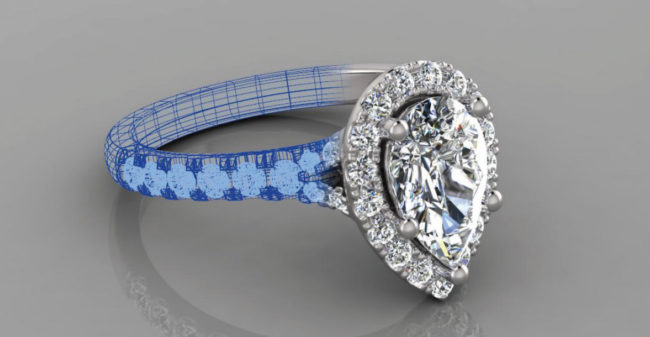
The state of the jewellery tech scene
All our contributors lauded the design and manufacturing potential that modern jewellery tech affords them. Evotech Pacific are the distributors of Gemvision and Asiga products in Australia and New Zealand, and its Director Anthony Nowlan said he’s seen some pretty big leaps forward in terms of jewellery design software capabilities.
“Gemvision (creators of the Matrix and CounterSketch software), acquired TDM (creators of the RhinoGold software), and have combined the best parts of all three software applications into the one – MatrixGold,” he said.
He said that with MatrixGold jewellery design software, jewellers can quickly and efficiently design pieces and utilise parametric history to easier adjust models if required.
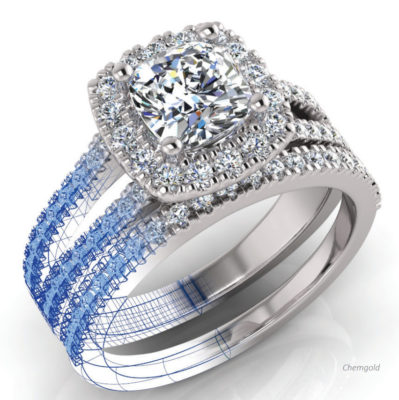
“Rendering capability is also vastly improved enabling designers to create photorealistic images of their designs.” Chemgold is a family owned and run business with a proven track record of supplying the Australian jewellery industry with precious metal products and services for more than 30years. Its director Darren Sher said that their jewellery clients are becoming increasingly aware of the quality Chemgold can produce from CAD.
“Improved technology in printing allows finer and more intricate pieces to be printed and cast easily, when using the correct software and machine,” he said.
“The trend has continued with more lower priced point 3D printers entering the market which are suited to some businesses that want to view the prototype before production or being able to print the wax/resin themselves and send to us for casting.”
Production Manager Desmond Ambagtsheer at well-known jewellery supplier Peter W Beck said their company have always been at the forefront of jewellery tech.
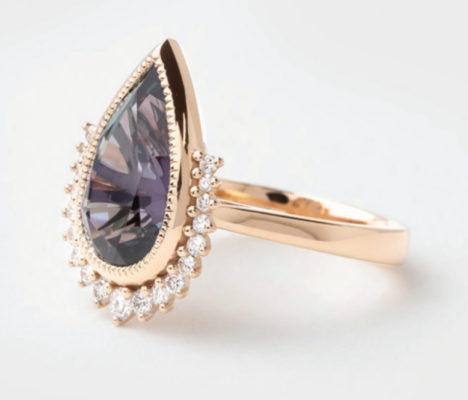
“60 per cent of ‘retail ready’ products we produce would in some way employ CAD/CAM technology: CAD to develop new products or revamp old, CAM for product manufacturing using machines such as 3D printers, mills, lathes, and faceting machines,” he said.
DesignDrawCAD is a Sydney-based CAD jewellery design service headed up by CAD Jewellery Designer Helen Pusenjak who acts as a single, client-focused CAD designer. Helen said more and more jewellers are looking to take additional advantage of CAD’s potential to improve their business.
“This may be to create the new stock pieces, produce bespoke pieces more suited to the CAD/casting process or at a certain price point, set up a range of jewellery for ready modification or to simply increase output,” she said.
Huge uptake in CAD/CAM
Darren said that attitudes toward the technology has improved and become more positive as it continues to become more mainstream.
“I would estimate a huge percentage of jewellers and jewellery retailers now use CAD/CAM as an additional tool to design and manufacture jewellery.
“It has continued to increase with more jewellers and retailers purchasing CAD software for in-house use and our customers taking advantage of CAD-based libraries they can order from such as our JewelMount collection.”
In addition, Darren reported that an increasing number of jewellers have invested in the CAD software themselves.
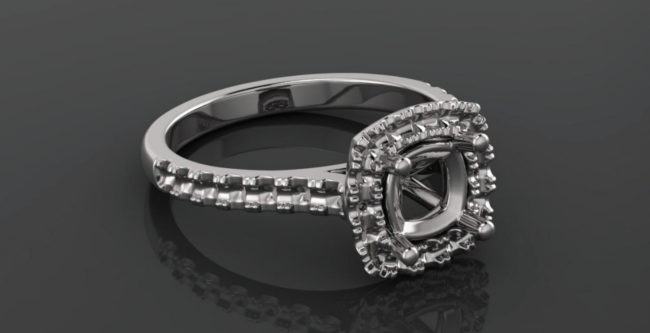
“This has been an incredibly helpful tool to show their customers how the new technology provides them with their desired piece of jewellery.
“Jewellers benefit by viewing CAD/CAM as another tool at their disposal to save time, money and simplify the process in manufacturing, not replacing their skill but rather assisting where possible.”
Anthony reported that the COVID-19 pandemic led to an increase in software uptake from clients who were previously undecided.
“The ability to continue working and designing with efficiency whilst in lockdown has been very appealing to many of these new clients.
“Desmond said that Peter W Beck customers use CAD/CAM to produce their own products on their own 3D printers and mills for casting and/or engraving.
Pushing boundaries with cutting edge design and manufacture
Advances in new software or updates in existing software means that for Chemgold and their clients it has become increasingly more efficient to design and offer their clients designs that were previously not possible or unaffordable. Darren said the latest software releases have made the design process smoother, sometimes easier, that still requires some skill to master, but now cuts design time in half compared to five years ago.
“We have also found that with the introduction of 3D scanning items, that the possibility of replicating pieces become much faster, and creating fitted wedding bands is no longer a headache to the designer, as we can scan the engagement ring and simply build around it.
“…organic designs have also been more popular in the past few years, and we have advanced our team with the software and knowledge required to assist with the growing demand for these.”
Anthony said that jewellery design software’s potential to design delicate, complex, and/ or organic shapes has always been a major drawcard for many designers and jewellers, and it’s for these reasons that jewellers and designers have invested in the tech. However, he said he felt that the ability to adjust those designs easily has at times been difficult and cumbersome, sometimes causing the designer to completely redesign those parts.
“The latest version of MatrixGold makes this task easier and less likely that a part will need to be completely re-designed from scratch.”
Desmond said that CAD/CAM has opened many new opportunities in product design and the services they supply to their customers.
“Customers want the freedom to design their own individual pieces: CAD/CAM allows us to communicate precisely with the client and then produce the part to their tolerances.”
3D printer go brrr!
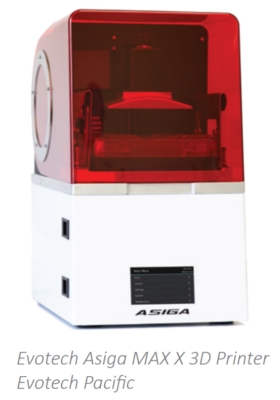
Improvements in printer resin and wax qualities has also improved the quality of pieces for CAM users and their clients. Anthony said that printing resins have advanced greatly and produced pieces with better surface finish and quicker build times.
“Better formulas with resins and investment powders used within the casting process have also lessened the likelihood of a negative reaction with the investments used within the casting process, improving the result greatly.”
He also lauded modern printing technology’s ability to reduce turnaround time.
“…it depends greatly on both the resin and the geometry being printed…but we have seen the latest Asiga Resin (SuperCast X) create a full build plate of standard height rings in around 2 hours.”
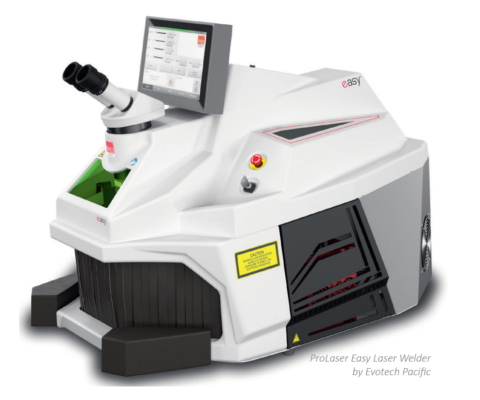
Desmond said their company is always investing in the latest technology and the newest software.
“Keeping up to date allows us to push the limits on design and increase our capabilities and efficiencies,” he said.
“Our latest innovation would be the use CAD/CAM to directly machine metallic components, lasering and milling products and having the ability and flexibility to use multiple CAD/CAM platforms to create a single product.”
Darren said that Chemgold’s leading technology and wax printers ensure customers receive the absolute best surface finish from their CAD files, along with the highest quality castings.
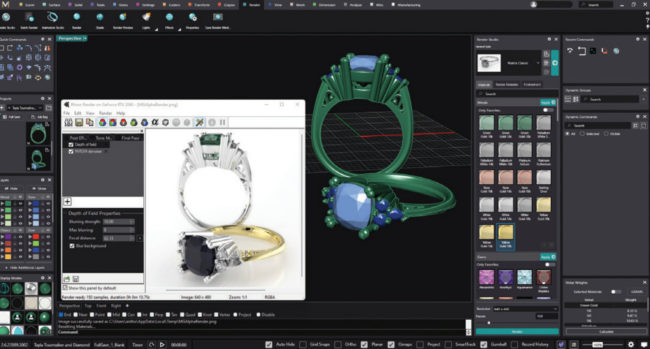
Jewellery tech helps keep it Australian made
In an increasingly globalist scene, the trend for some major jewellery companies over the past few decades is to outsource manufacturing to countries with low labour costs and operations such as China and India. This helps the companies from domestic economic downturns, but at the expense of potential local manufacturing jobs. Fortunately, from Helen’s point of view, an increasing number of jewellers are opting to advance jewellery wholly produced in Australia, bringing work back from overseas.
“They (the jewellers) profit from improved communication resulting in an accelerated process and superior models.”
Darren said that with the COVID-19 pandemic and its subsequent issues with freight, a lot of manufacturers and retail stores opted for Australian-made.
“Not only is it a great selling point for most of the market, it also reduced their turnaround time greatly by having something made locally and delivered much quicker than any overseas competitor.”
He said this has had the flow-on effect of manufacturing roles opening throughout the industry over the past few years with jewellers, setters and CAD designers being in high demand across the country.
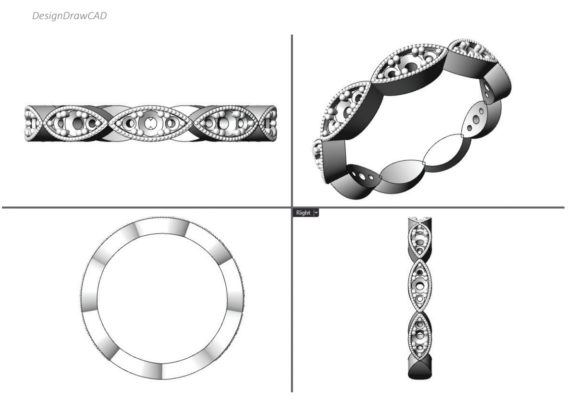
“This shows that there is a lot more interest in bringing manufacturing back to Australian shores and keeping it here.”
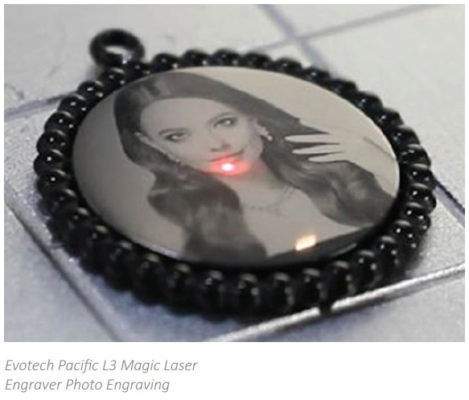
Anthony said that due to the increased pricing in outsourcing work overseas combined with their inherent communication breakdowns and their subsequent blowout in design time, Evotech Pacific have had quite a few clients who have recently purchased their own licenses of MatrixGold.
“For many of these particular clients, it has been more economic (financially and in time), to learn the software/hardware and keep everything in house.”
The revolutions of tomorrow
When asked to speculate on what the future holds in the jewellery tech scene, our contributors predicted improvements in software design capabilities, faster job turnaround times, and greater uptake in the technology. Darren believes that CAD programs will become more user-friendly, printers will print faster and in higher resolutions, and developments in job-tracking technology will aid Chemgold’s customers with up-to-date information on where their jobs are in the system.
“If the past has taught us anything it is that it will be developing at a rapid pace and changing in ways we cannot yet foresee.”
Helen predicts that use of the CAD/casting process will expand because it boosts output for business, helps to produce pieces that can be offered at competitive prices, and expands the styles a business can offer.

“Given the scarcity of apprenticeships being offered and the resulting decrease in qualified jewellers coming up, this process will become a necessary option.
“With the exponential advances in technological innovation, opportunities for cross-over items of jewellery will also grow.”
Anthony foresees an increasing uptake in Direct Manufacturing 3D Printing, as research and development in the field has produced far better quality metal powders and thus a better surface finish.
“…whilst I don’t think Direct Manufacture 3D Printing will replace any sector of existing jewellery manufacturing, it will certainly add a new dimension for those designers who create pieces and parts that are not possible to create with current tech and processes.
“It is certainly an exciting time to be a jeweller!”
Read below for related stories: